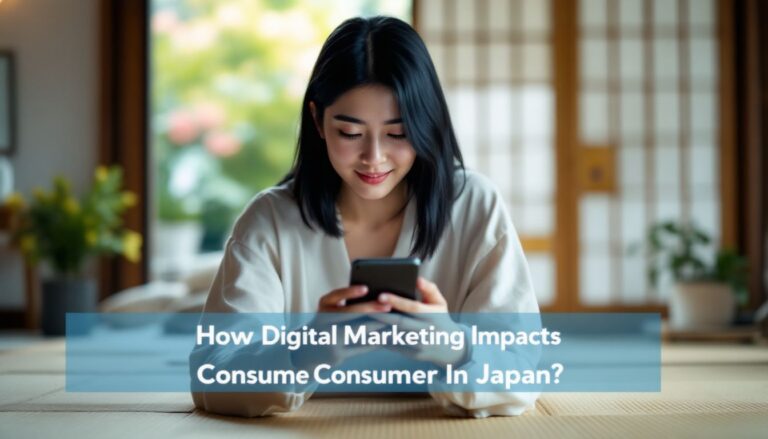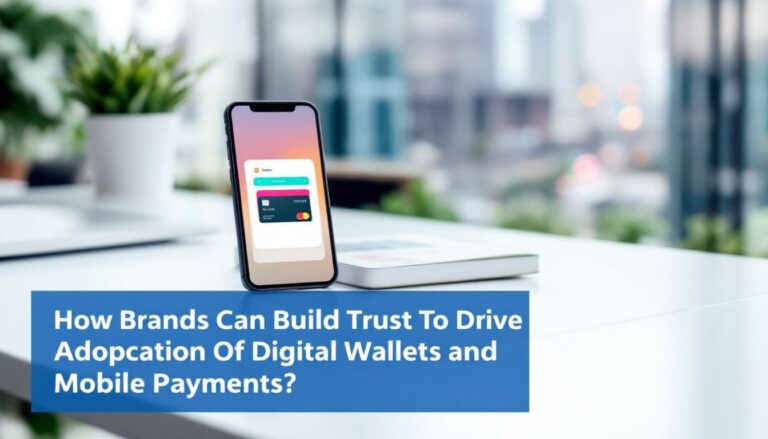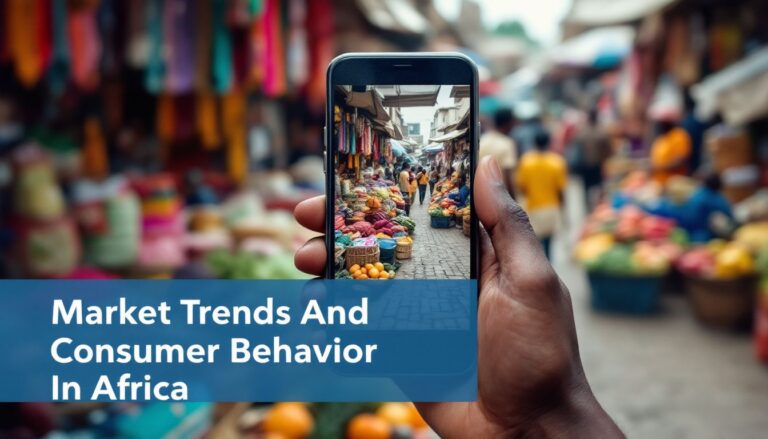Have you ever thought, “What is digital disruption in marketing?” and felt unsure how it affects your business? I understand that feeling—it can seem confusing at first. So, I spent some time looking into it.
Digital disruption happens when new technology or fresh business ideas change the value of current goods and services. 1 In this post, I’ll clearly explain digital disruptors like artificial intelligence and social media platforms.
You’ll also learn simple ways your company can adapt its marketing strategy for better results. Keep reading to stay ahead in today’s fast-changing market! 2
Key Takeaways
- Digital disruption means new tech shakes up how products work—businesses must move fast, or risk losing customers.
- AI is huge in marketing now—with 1,580 studies done from 1982 to 2020—helping brands show smarter ads and automate routine tasks.
- TikTok changed social media marketing by mixing fun videos with product sales, using a personalized “For You” feed to match user interests.
- Consumer habits shifted big-time—people want customized experiences, trust real customer reviews, and demand quick deliveries.
- Businesses need to drop old-school TV or print ads and reach people directly on social media, where customers already hang out.
What Is Digital Disruption in Marketing?

Alright—now we’ve got the basics down, let’s get clear on digital disruption in marketing. Digital disruption occurs when new tech or new business models significantly change how products and services function.
I’ve personally watched this happen with clients—old marketing strategies suddenly became history overnight! Digital disruption reshapes the value and purpose of current goods and services—like Netflix redefining TV viewing, or smartphones completely changing the shopping experience.
These aren’t minor tweaks—they’re major shifts in market behavior.
Big innovations trigger digital disruption—think artificial intelligence, mobile phones, or machine learning. Smartphones alone dramatically accelerated changes across multiple industries.
Businesses have to stay quick on their feet—or risk losing ground fast. Digital disruption happens at different scales, too—it can shift personal behavior or remake a whole industry.
Some people confuse digital disruption with “disruptive technology“, a term Harvard professor Clayton Christensen created—but they’re not quite the same. Digital disruption highlights how new digital tools impact existing business value. 1
Key Elements of Digital Disruption
Digital disruption shakes up old marketing ways through tech changes and fresh business ideas. These changes force companies to adapt fast or risk falling behind as new players grab market share.
Emerging technologies
Marketing is changing fast, thanks to new technology. COVID-19 boosted online learning in a big way, shifting how brands educate customers about products. 2 With 3D printing, companies now quickly create custom items at lower costs, flipping traditional production models upside down.
Bitcoin and cryptocurrencies are also changing payment methods—banks have to keep up or risk falling behind.
This tech affects more than marketing—it reshapes entire business models. Self-driving cars will soon upgrade ride-sharing services, lowering costs and widening coverage. 3 Smart devices collect tons of data, helping me target ads with impressive accuracy.
Companies quick to adopt new tools often pull ahead of rivals stuck in old ways. Each tech shift brings fresh opportunities to reach customers and solve their challenges.
New business models
Digital disruption isn’t just about fancy new tech—it creates entirely new business models. I’ve watched companies like Netflix shake up the industry, using subscription services to replace traditional video rentals. 2 It wasn’t really tech alone—it was about giving customers more value, in a simpler way. 1
Examples keep popping up—think online courses or ride-sharing platforms. These models change how companies earn money and how they reach their customers. To stay ahead, businesses need a digital culture that always puts the customer first.
Firms stuck in old patterns risk losing out to smarter competitors who adapt quickly and serve customer needs better.
Examples of Digital Disruptors in Marketing
Digital disruptors have changed how brands connect with customers. AI tools and social platforms now shape the marketing landscape in ways we never saw coming.
Artificial intelligence
AI has quickly become a big deal for marketing. Companies everywhere are racing to add smart technology to their toolkits—eager to get ahead. Between 1982 and 2020 alone, experts reviewed a whopping 1,580 research papers about AI in marketing. 4 Clearly, that says plenty about how much impact AI brings to customer outreach.
AI tech helps companies show better-targeted ads and quickly catch what customers actually like. It powers useful chatbots to engage with shoppers and tools to guess what products people might want next.
Huge data sets teach these systems, making them smarter as they go. Tasks that once took marketing teams days now take minutes, thanks to AI. 5
Social media platforms
Social media has flipped marketing upside down—and TikTok is leading that charge. It shapes music trends, influences buying habits, and turns casual browsers into shoppers. 6 The “For You” page matches videos to users’ interests, so brands can reach people naturally, without feeling pushy.
I’ve noticed TikTok effortlessly mixes entertainment with shopping. Companies must shift gears, adapting messages to fit this casual, scroll-friendly space. Simple tools like keywords, hashtags, and location tags make it easier for brands to pop up in searches. 6 It’s entertainment meets commerce, with users spending hours each day scrolling and engaging.
Businesses now rethink their strategy to fit TikTok’s casual vibe. It’s a fresh avenue where brands can quietly slip into users’ daily routines—no heavy ads, just genuine connections.
Impact of Digital Disruption on Marketing Strategies
Digital disruption has changed how customers shop and interact with brands. Marketing teams must now adapt to new channels and tools to reach their target audience.
Transformation of consumer behavior
I’ve noticed major changes in how people approach brands due to new online tools. Shoppers now crave personal touches during each shopping trip. Quick replies and special deals, matched to their past buys, are now standard expectations.
This shift began with smartphones, social media apps, and online platforms giving more power to buyers. My research makes it clear—brands need to adjust fast, or tech-smart rivals might steal loyal fans away.
Traditional firms face more pressure each day as shoppers shift to online channels. 7 Folks now weigh their emotions and personal values, not just price, when they choose products.
They check reviews, ask friends on social media, and trust recommendations from other customers rather than slick ads. Sites like Amazon have taught people that speedy shipping and simple returns are the norm.
These shifts push me to rethink my approach, creating fresh content full of value that connects with people wherever they’re already spending time online.
Shift in marketing channels
Consumer habits have changed—and marketing has shifted right along with them. Those old TV and print ads? They just don’t pull like before. Today, it’s social media and influencer partnerships that hold people’s attention.
These new channels help brands meet folks where they already hang out online. 8
Data shows today’s shoppers like content that talks right to them—not broad or generic stuff. On my team, we’ve seen social platforms bring in more sales than traditional ads ever reached.
Smart brands now lean on data analytics to craft targeted campaigns that hit just the right audience, exactly when they’re ready. To keep up, businesses must act fast and stay flexible, adapting as new digital tools pop up.
Platforms like Facebook, Instagram, and TikTok have turned into essential spots for brands to build real connections with customers.
Conclusion
Digital disruption has completely reshaped marketing—forever. Companies that adopt AI tools and social media early enjoy big wins over competitors who lag behind. Now, smart brands use data to improve customer experiences, instead of simply showing ads.
The brands that succeed will welcome new technology, but still keep a genuine human touch. Your business needs to keep pace with digital changes—or risk getting left in the dust.
The market won’t wait; staying current is your best bet.
References
- ^ https://www.researchgate.net/publication/374372394_Digital_Disruptions_and_its_Impact_on_Traditional_Marketing_Practices
- ^ https://www.simplilearn.com/digital-disruption-article
- ^ https://www.techtarget.com/searchcio/definition/digital-disruption
- ^ https://www.sciencedirect.com/science/article/pii/S2667096820300021
- ^ https://www.researchgate.net/publication/348843242_Artificial_intelligence_in_marketing_Systematic_review_and_future_research_direction (2024-10-22)
- ^ https://spike.digital/2024/03/28/tiktok-how-the-social-media-platform-is-disrupting-markets-and-digital-strategies/ (2024-03-28)
- ^ https://www.sciencedirect.com/science/article/pii/S0148296319305478
- ^ https://blog.oxfordcollegeofmarketing.com/2016/02/22/what-is-digital-disruption/




